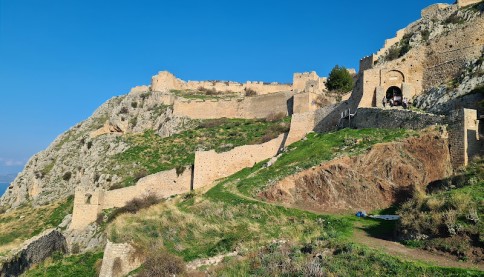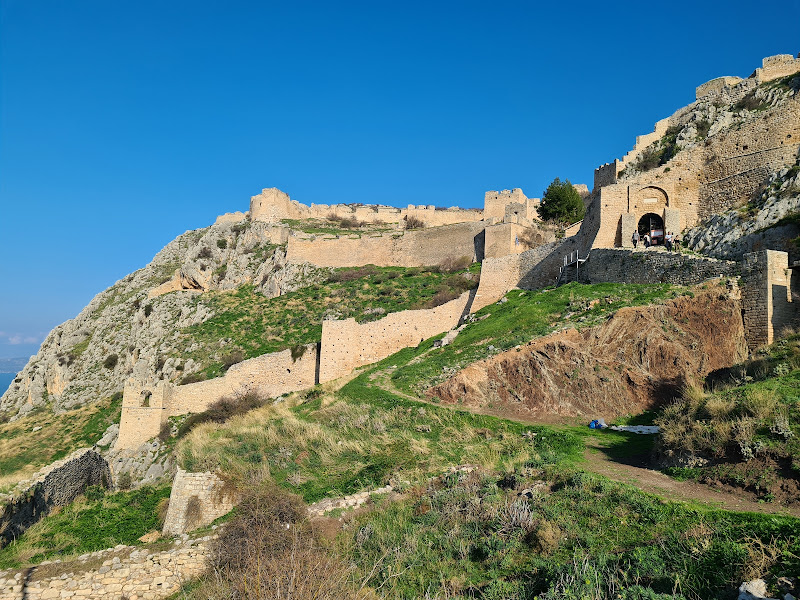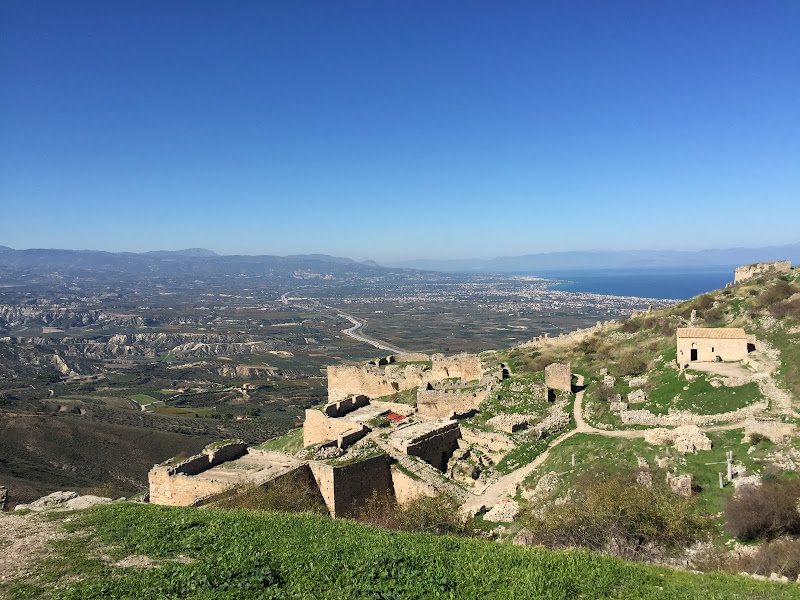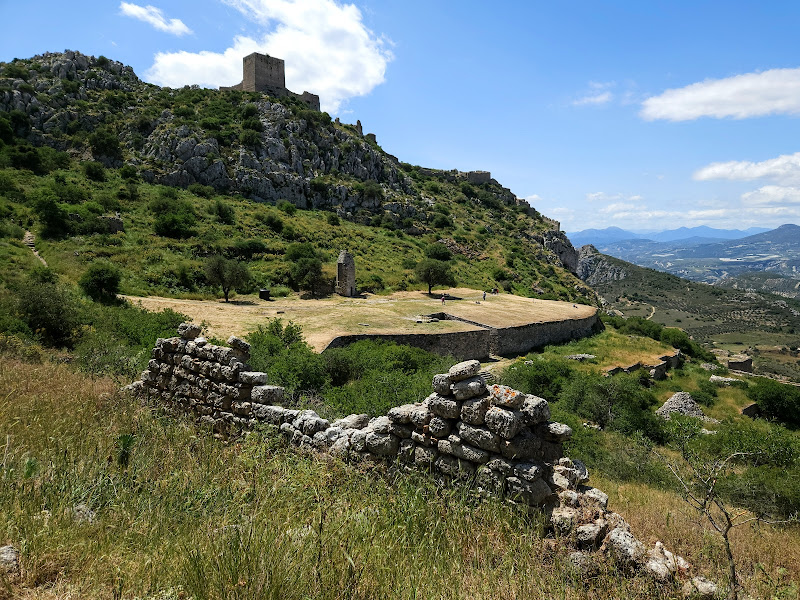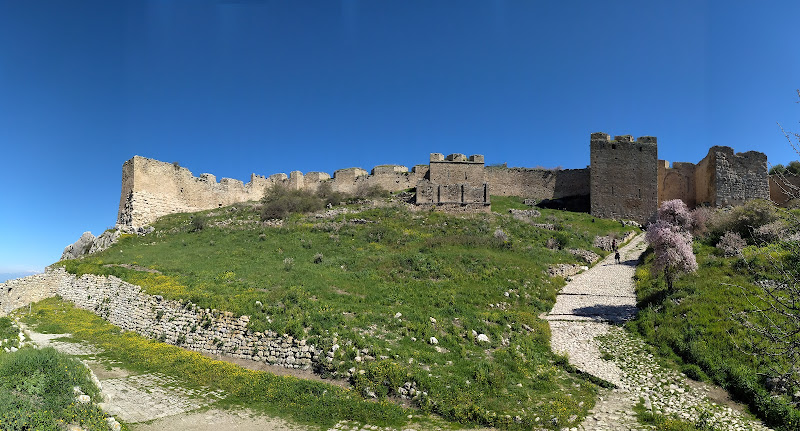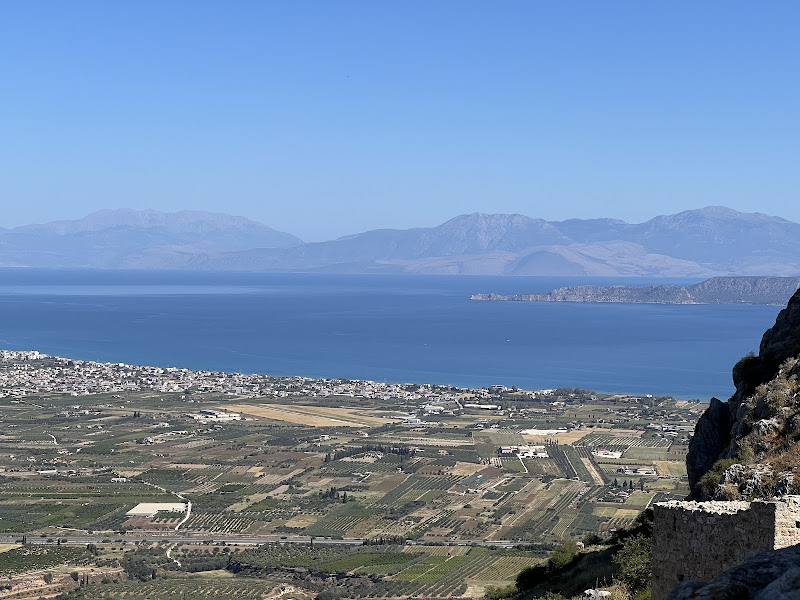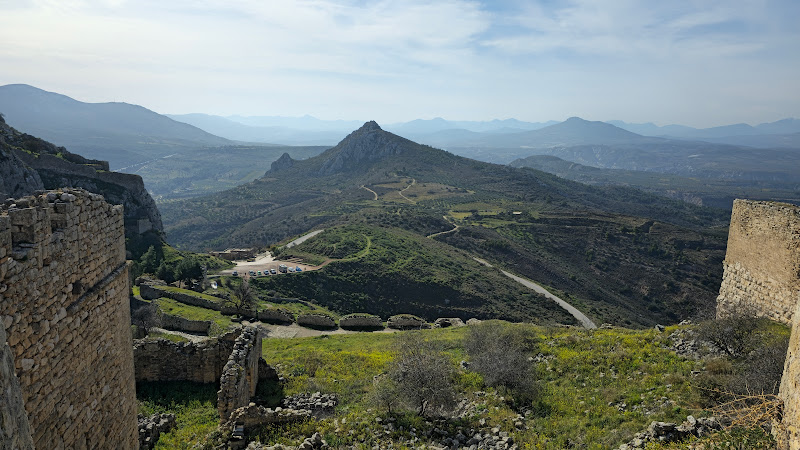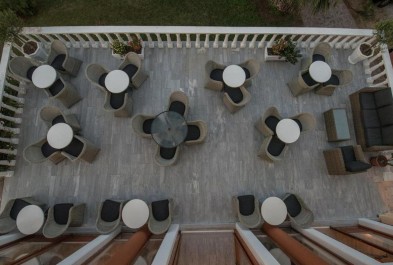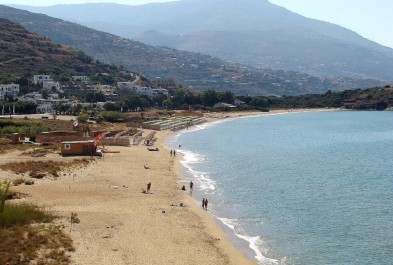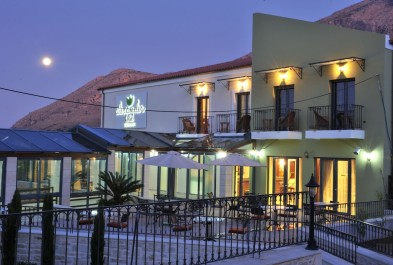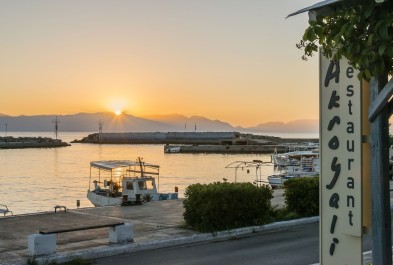Acrocorinth - Castle of Ancient Corinth #1059
- Purpose
- Excursion
- Type
- Castle
- Country
- Greece
- City
- Corinth
- Zip code
- 201 00
Share links
Description
Acrocorinth, the fortified citadel of both ancient and medieval Corinth, is a prime example of castle building constructed in stages. Over a 240,000 square meter area, three consecutive defensive walls with an equal number of gates access to the inside, where remnants of buildings from different eras may still be seen. Under Ottoman authority, alterations were made to the two-story keep and enclosure constructed by the Franks on the southwest side of the fortress.
The initial part of the walls' history begins in the 7th and 6th centuries BC, when Corinth was a prosperous city. The walls were destroyed by the Roman Lucius Mummius in 146 BC, marking the beginning of the fourth or early part of the third century. It is thought that repairs were completed by Justinian in the sixth century, and significant fortification work was completed during the Middle Byzantine era (8th–12th c.).
Leo Sgouros, the castle's defender, decided not to give up when the Franks captured it in 1210; instead, he rode off the ramparts and committed himself. Both the Franks and the Palaeologi undertook a great deal of repairs and enhancements throughout the next years, during a period when Corinth itself appears to have relocated inside the fortress. Additionally, construction was done by the Ottoman conquistadors (1458–1823) and the Venetians (1687–1715), who strengthened some of the fortifications.
The remains of the Aphrodite temple (5th–4th century BC), the spring of Ano Peirini, many Christian churches, a Byzantine subterranean cistern, mosques, fountains, etc., are still visible inside the fortress.
Indoor amenities
Route to location
Multimedia
Image gallery
Your Review
Please login or register to write your review
Reviews
No reviews found, be the first!


